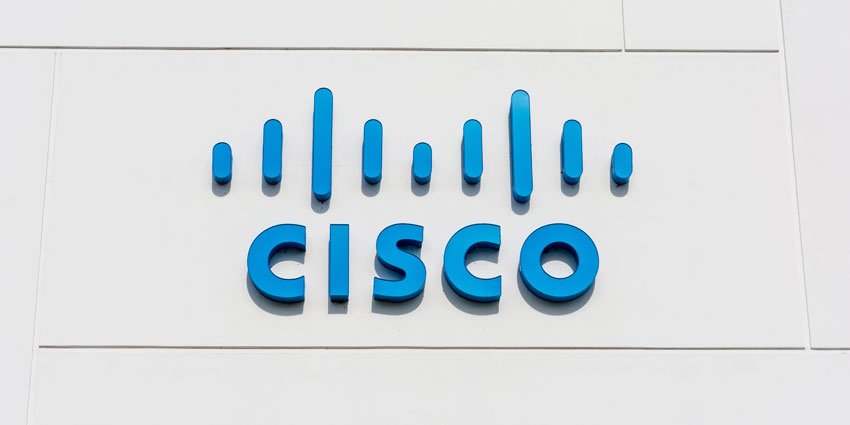Until recently, speed and accuracy were the two attributes call centers valued most in outbound predictive dialer software. And for good reason: By accurately predicting the availability of customers, and quickly detecting disconnected numbers, busy signals, voicemails, and unanswered numbers, the software has drastically improved agent efficiency over the years.
Today, however, a new attribute – intelligence – is taking predictive dialers to the next level.
While automated call routing (ACR) has contributed greatly to predictive dialer software, it has historically focused on streamlining repetitive, instructive tasks. It cannot process information gained from experience and automatically adjust to improve performance.
That’s where next-generation predictive dialers come in. By combining the on-demand processing power of cloud-based computing with new algorithms designed to leverage AI, today’s most advanced outbound dialers can be programmed to teach themselves like humans do.
This learning process relies on data. Fed with information such as statistics on call volume, talk time, or customer purchase history, an AI-based predictive dialer will recognize patterns and respond. ReadyMode, for example, adjusts automated processes, produces insights to help agents close sales, and generates reports on agents’ productivity, all while connecting them to as many as 30 lines. Such is the power of the data that 2,000-plus clients have allowed ReadyMode to collect over the past seven years.
If this sounds more feature-rich than any predictive dialer you’ve ever encountered, it’s because today’s AI-based platforms leverage real-time predictive analytics. The dialer drastically cuts down on agent downtime so that they’re empowered to make more calls, and ACR ensures that outbound calls reach the right customers as efficiently as possible. Last but certainly not least, real-time analytics reveal insights such as which reps are likely to meet their targets, and which purchases customers are most likely to make next.
AI-driven predictive dialers improve the quality and efficiency of calls, to be sure, but there are countless other administrative tasks they can remove from agents’ plates: answering simple customer service requests, sending templated emails, and so on.
With these tools boosting predictive dialer ROI like never before, it’s no wonder the global market for the software is growing at an unprecedented rate. According to a new report by Grand View Research, predictive dialer sales are expected to surpass $12 billion by 2028, up more than 1,200 percent from the 2020 value of around $1 billion. Deloitte Digital, meanwhile, reports that 76 percent of call centres intended to invest in AI between 2019 and 2021, with 57 percent of companies testing AI to support call centre agents.
“Support” is the operative word here. It can’t be overstated that these innovations are meant to assist reps, not replace them. For proof of this, look no further than the fact that voice is the preferred customer service channel in the US, with 44 percent of people listing it as their top choice. With the COVID-19 pandemic 1 drastically curtailing in-person interactions, this preference is likely to become even more prevalent. As Grand View Research points out, “the growing preference for telemarketing as a way to connect with the customers in real-time and deliver higher customer satisfaction is expected to fuel the growth of the predictive dialer software market.”
Our customers, meanwhile, are enjoying success by applying AI tools to tried-and-true phone calls instead of spending more money to make more calls. For us and for them, working smarter, not harder, has never been more important.







